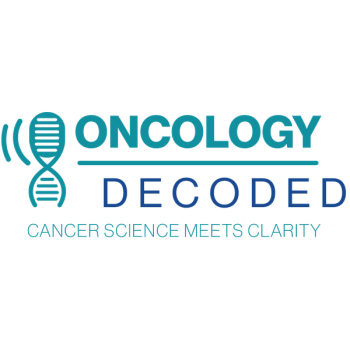
Oncology NEWS International
- Oncology NEWS International Vol 11 No 1
- Volume 11
- Issue 1
Breast Conservation Increases With On-Site Radiation Unit
SAN FRANCISCO-The rate of breast-conserving surgery with adjuvant radiation therapy increased at a North Carolina community hospital (Durham Regional) after Duke University Medical Center radiation oncologists opened an on-site clinic. The study results were presented at the 43rd Annual Meeting of the American Society for Therapeutic Radiology and Oncology (abstract 87).
SAN FRANCISCOThe rate of breast-conserving surgery with adjuvant radiation therapy increased at a North Carolina community hospital (Durham Regional) after Duke University Medical Center radiation oncologists opened an on-site clinic. The study results were presented at the 43rd Annual Meeting of the American Society for Therapeutic Radiology and Oncology (abstract 87).
During the period when the radiation oncology clinic was located 5 miles from the community hospital, the rate of breast-conserving therapy was only 28.7%, said lead investigator Carol Hahn, MD, associate professor of radiation oncology at Duke and chief of the Division of Radiation Oncology at Durham Regional. After the radiation oncology clinic moved into the hospital, the incidence of breast-conserving therapy shot up to 43.7%.
Previous studies have shown that the rate of breast-conserving therapy is influenced by several variables, including patient age, insurance coverage, and geographic location. Why do such nonmedical variables influence therapy for breast conservation, the preferred treatment for many women with early breast cancer? Dr. Hahn asked. "We had a change in practice setting that allowed us to gain some insight into this," she said.
The Comparison
The researchers examined the community hospital’s pathology database to compare treatment of 262 breast cancer patients during 1994-1995 when radiotherapy was provided at Duke and 304 breast cancer patients during 1997-1998 after the move to the community hospital. Multivariate analysis revealed that the incidence of breast-conserving therapy increased significantly (P < .001) after the clinic moved on-site.
The incidence of breast-conserving therapy for patients with ductal carcinoma in situ (DCIS) did not change during the study and was much higher during both periods than for women with invasive cancer.
Dr. Hahn reported that the incidence of breast-conserving therapy in patients with invasive disease increased from approximately 21% before the move to 44% afterwards.
"The effect of a 5-mile distance was much greater than we would have predicted," Dr. Hahn said. "There was no change in demographics that we know of. There was no change in staffing, either from the radiation therapy side or the surgical side."
Dr. Hahn postulated that the increased incidence of breast-conserving therapy after moving the radiotherapy clinic on-site may have been due to increased interactions between radiation oncologists and hospital physicians.
"Obviously, we felt that we were very accessible being only 5 miles down the road, but greater accessibility did increase the rate of breast conservation. Perhaps we should look at our referral systems, to see how patients are brought into tertiary care to ensure that we really are as accessible as we think we are," Dr. Hahn concluded.
Articles in this issue
almost 24 years ago
ODAC Sends Mixed Message on New Gliadel Wafer Indicationalmost 24 years ago
ONCC Certification Test Results Are Announcedalmost 24 years ago
Rituximab Ups Survival in Aggressive and Indolent NHLalmost 24 years ago
Topotecan Used in Aggressive Front-Line Therapy for SCLCalmost 24 years ago
Depsipeptide Shows Activity in T-Cell Lymphomaalmost 24 years ago
FDG-PET Useful in Newly Diagnosed and Recurrent NSCLCalmost 24 years ago
Adjuvant Anastrozole Superior to Tamoxifen in Huge ATAC Breast Cancer Trialalmost 24 years ago
ODAC Backs Adding HER-2 DNA Test to Herceptin Package Insertalmost 24 years ago
FDA and VA Plan Joint AIDS Studyalmost 24 years ago
Washington State Hikes Cigarette TaxNewsletter
Stay up to date on recent advances in the multidisciplinary approach to cancer.


















































































